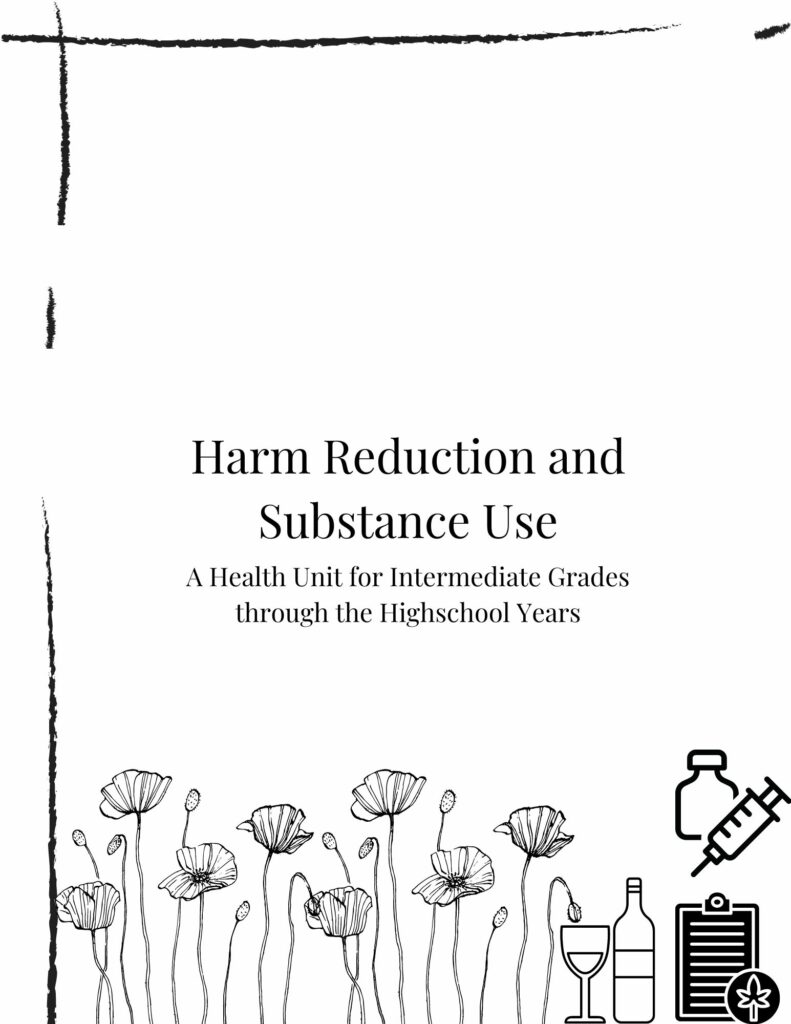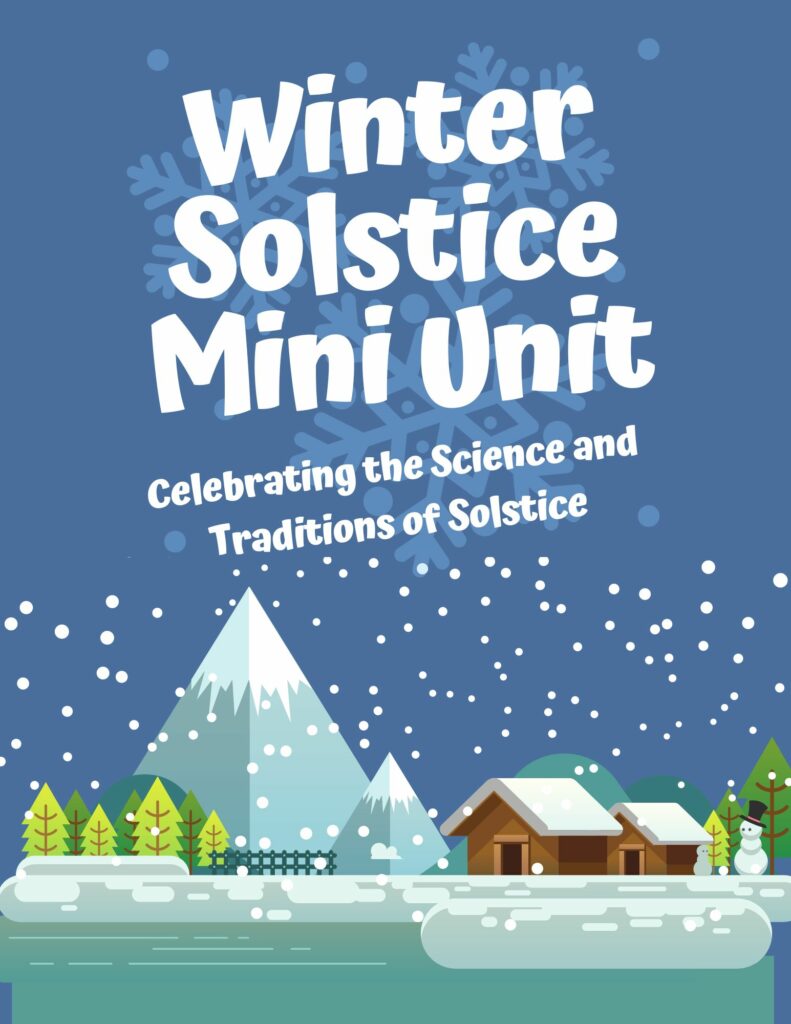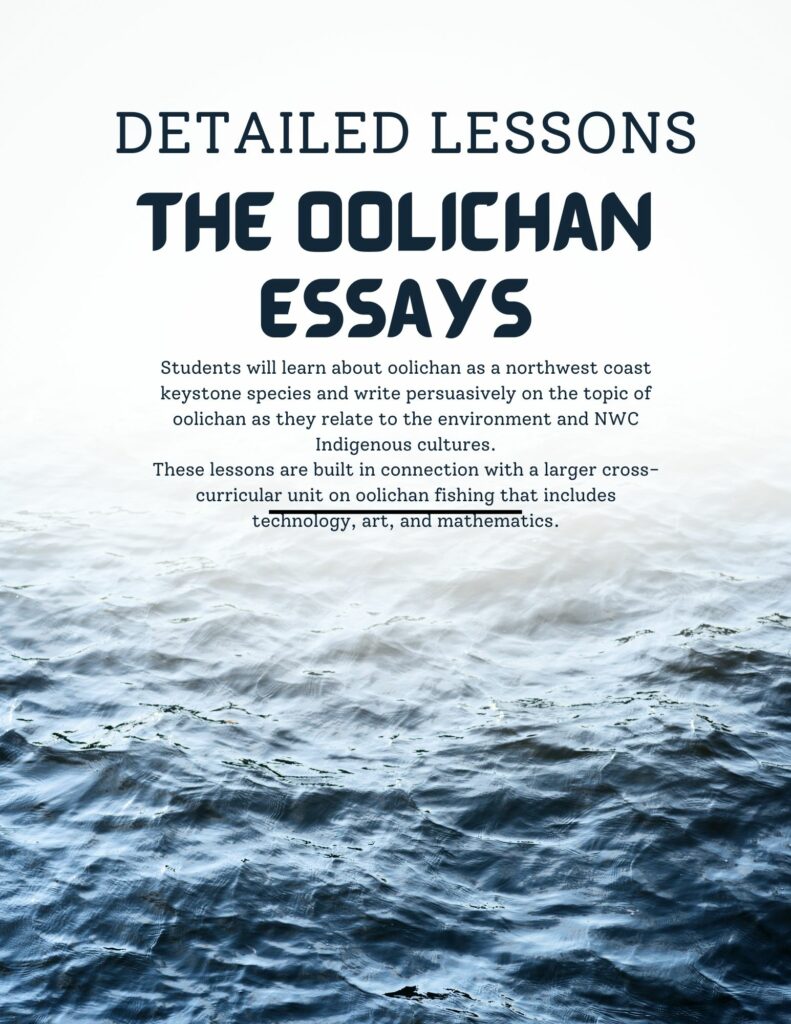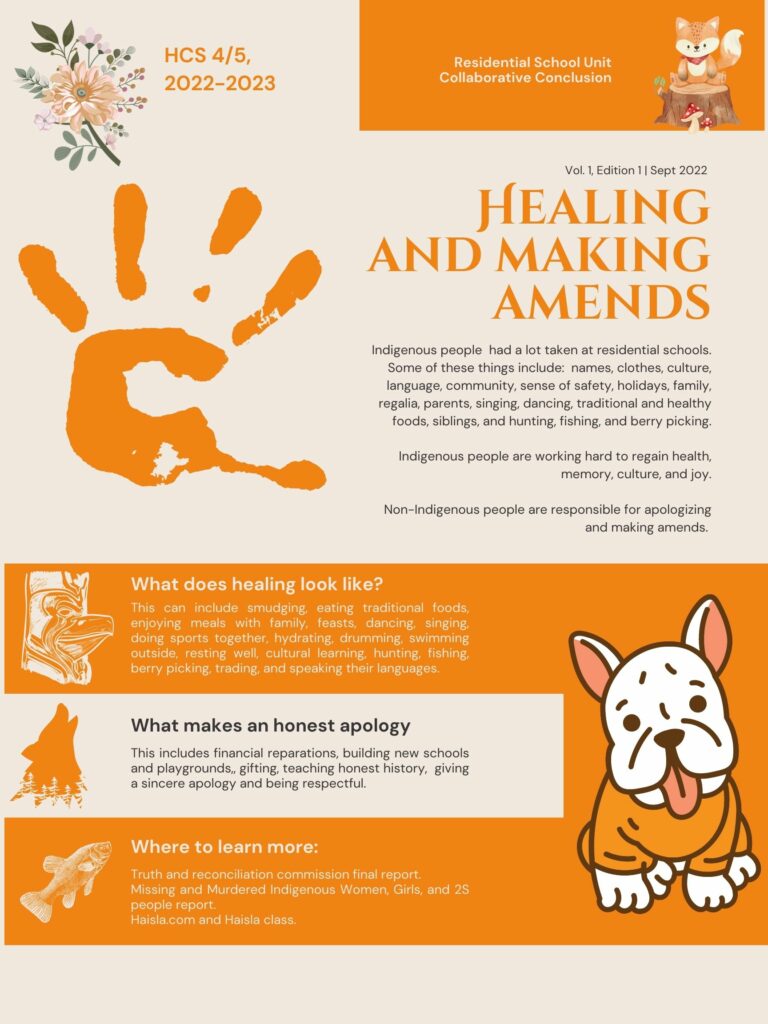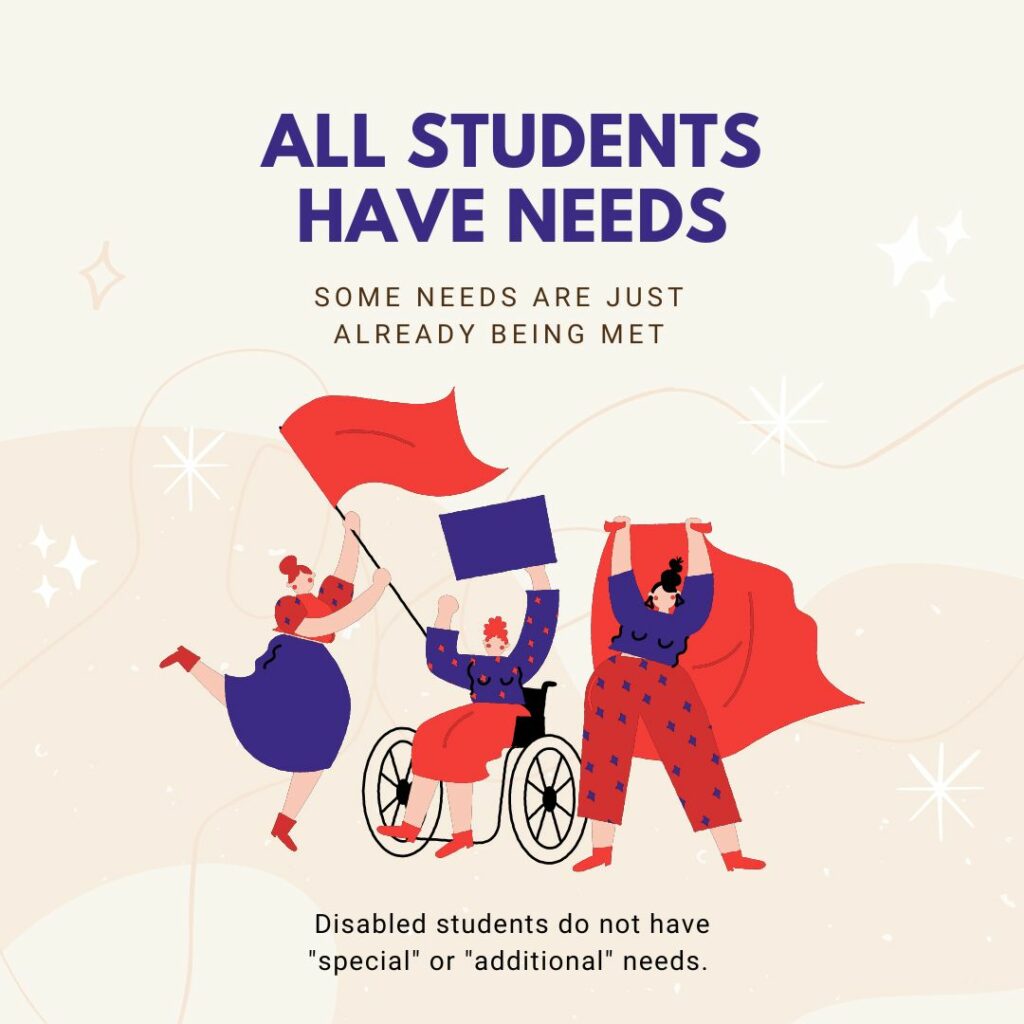This year I am teaching a grade four and five class at a small band school on the northwest coast. In this context I had the opportunity for the first time to use the BC curriculum to create a full year of units and lessons. In doing this planning, I became well acquainted with the curricular “Big Ideas” for both grade levels. In particular I struggled with the ideas expressed in the social studies curricula for both grade levels, and found it difficult to reconcile these ideas with the teaching standards to which I am held – especially standards six and nine.
BC Standard for Educators six reads, “Educators demonstrate a broad knowledge base and an understanding of areas they teach.” It goes on to describe a requirement to teach Canadian, Indigenous, and Global perspectives on the curriculum. Then, it requires that we teach about Canada’s democratic and inclusive society. The curriculum at the grade four level requires that as a big idea we teach that, “British Columbia followed a unique path in becoming a part of Canada.” At the grade five level we are required to teach that, “Canada’s policies and treatment of minority peoples have negative and positive legacies.” While these two Big Ideas exemplify the fiction of Canada’s “democratic and inclusive society,” as described in the educator’s standards, I find them to be at odds with the assertion that educators must “demonstrate a broad knowledge base and an understanding of areas they teach.”
That is to say, I believe that anyone who has a broad knowledge base and understanding of the history of colonialism, ethnocentrism, and discrimination in BC and Canada, could not meet the requirement of demonstrating that knowledge and understanding while upholding the concept that BC followed any legitimate path in “joining” Canada as a settler nation-state. Similarly, I believe that teaching imagined “positive outcomes” of Canada’s treatment of minority peoples reveals a shallow or incomplete knowledge of the areas we are tasked with teaching.
Further irreconcilable with these curricular ideas, is standard nine which reads, “Educators respect and value the history of First Nations, Inuit and Métis in Canada and the impact of the past on the present and the future. Educators contribute towards truth, reconciliation and healing. Educators foster a deeper understanding of ways of knowing and being, histories, and cultures of First Nations, Inuit and Métis.” If we are to respect Indigenous knowledge, culture, and by extension legal orders and sovereignty, it seems impossible to simultaneously perpetuate settler-colonial fictions of British Columbia belonging in any meaningful way to Canada, and by extension the British Crown (typically via the Royal Proclamation of 1763). In contrast to the mythology of Terra Nullius and the Doctrine of Discovery as perpetuated by the aforementioned structures and institutions, the maintained and continuous sovereignty of Indigenous nations on the land claimed by BC has been proven under legal test in court decisions including the Calder case (1967), Delgamuukw (1997), and Tsilqhot’in (2014).
This is something I grappled with when creating my year plans, and that I suspect to grapple with for the remainder of my career. How do we meet standards that are at odds with the fictions perpetuated by curricula written within the contexts and frameworks of colonialism and ethnocentrism? Truthfully, I don’t have a great answer yet, but I hope to continue exploring it in the years to come.
